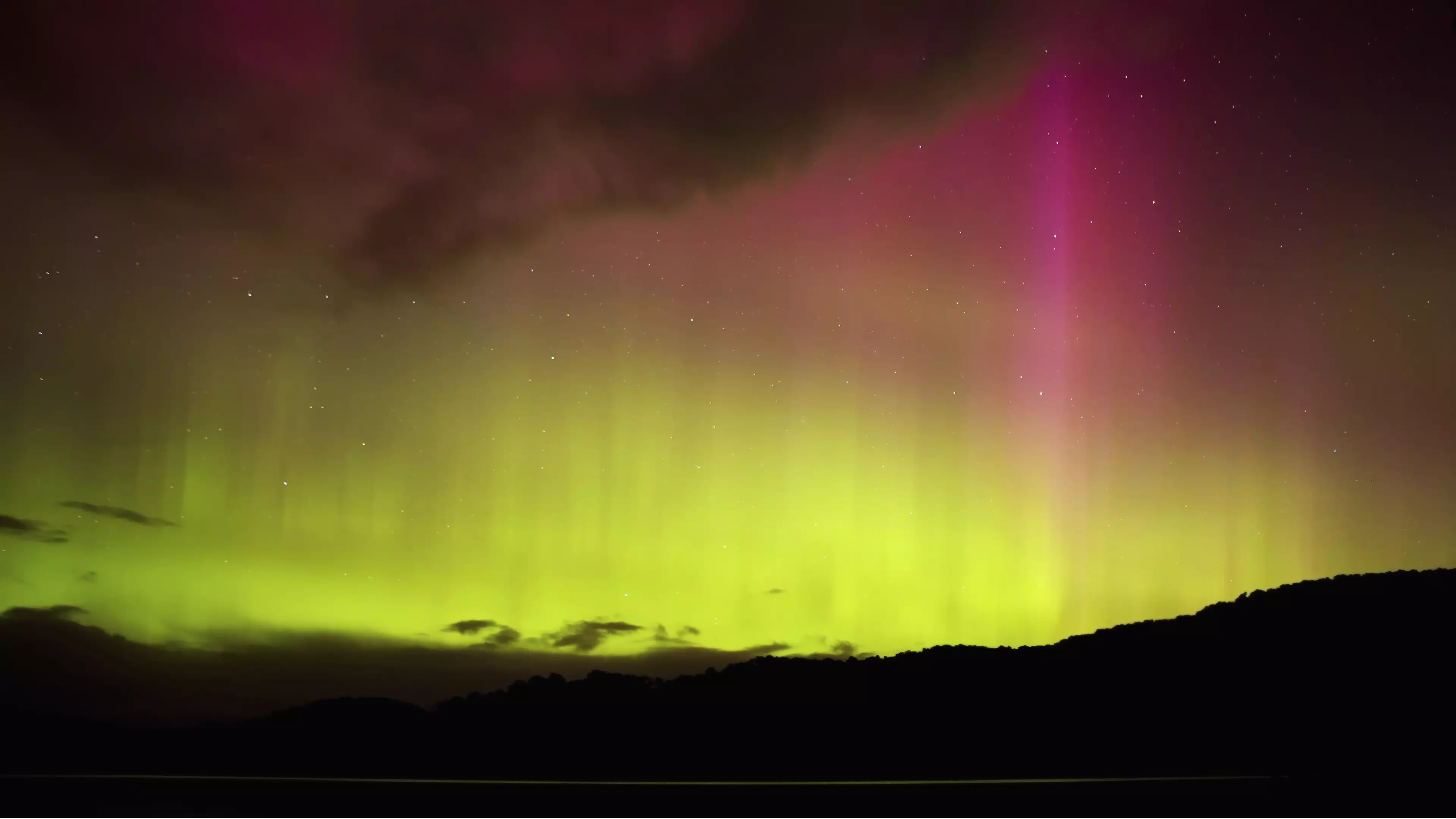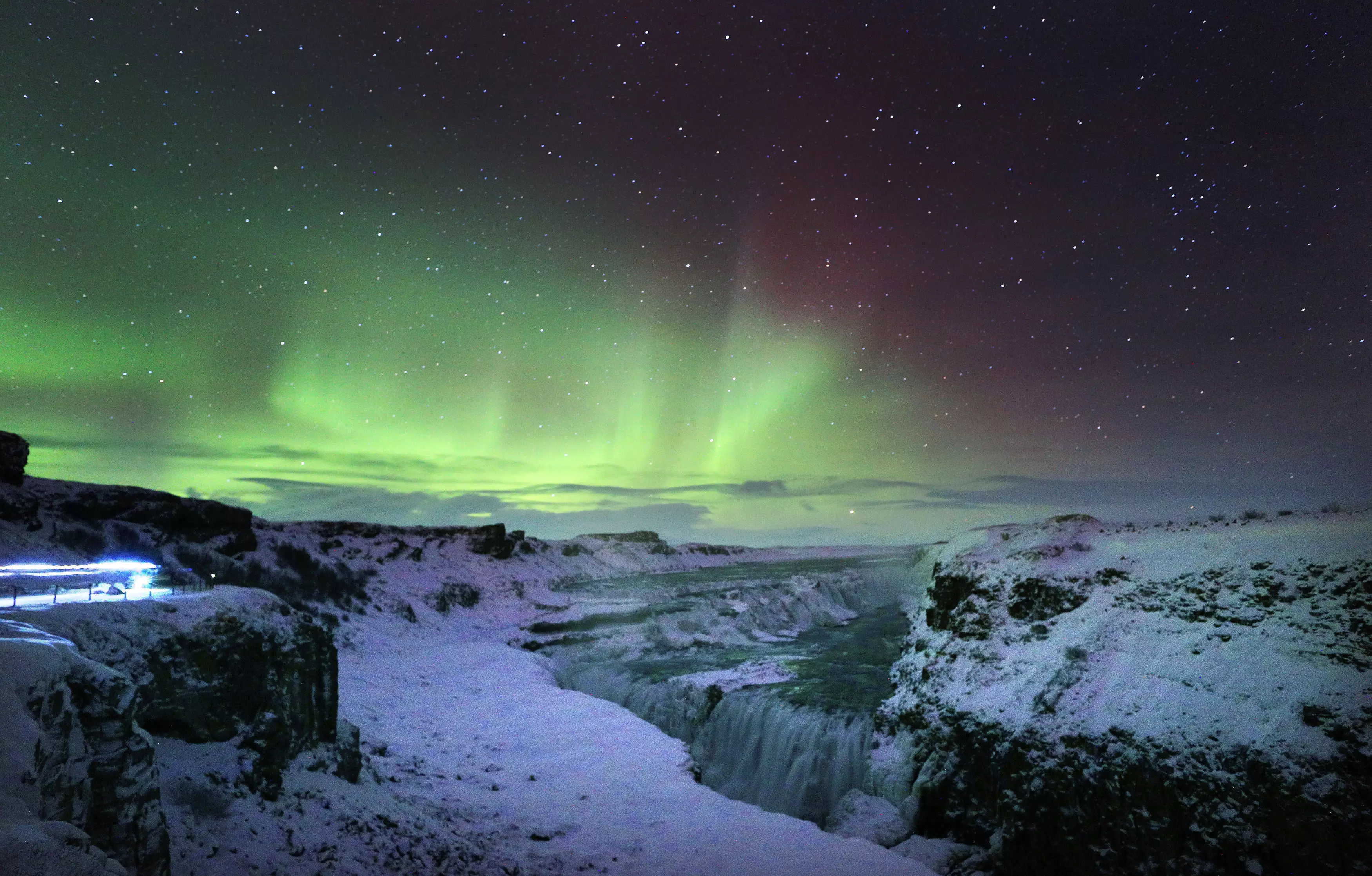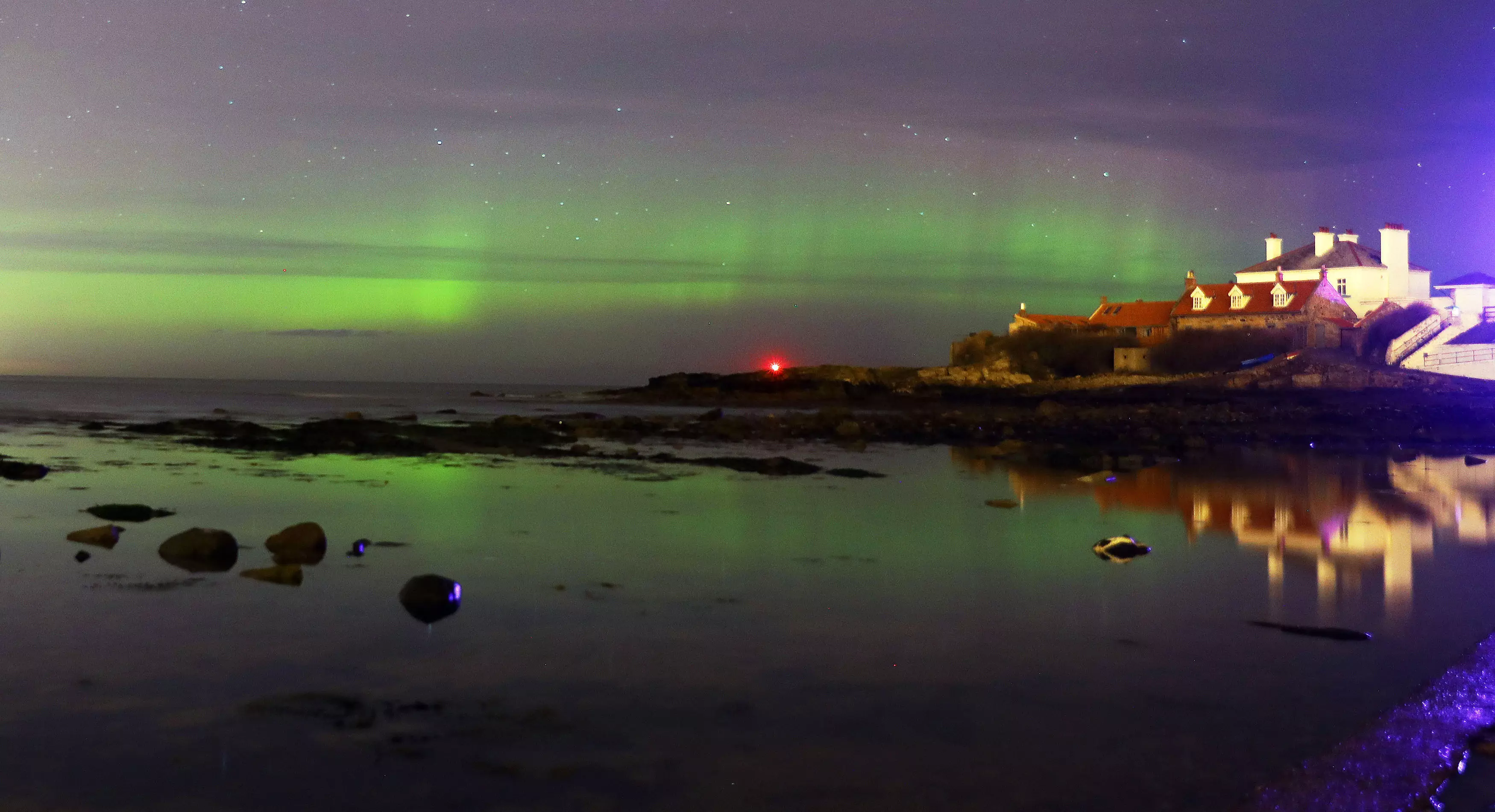
People in the Northern Hemisphere get treated to the Northern Lights all the time.
The dramatic colours light up their skies every so often, while the rest of us can only dream of one day feasting our eyes on the incredible weather event.
But it seems like Aussies will have a chance this week and we don't have to jump on a plane to Canada, Russia or Scandinavia.

I know what you're thinking. 'Aurora Australis? At this time of year? At this time of day? In this part of the country?' But you better believe it because it's happening.
According to the Bureau of Meteorology Tasmania and southern parts of Victoria will have the best viewing spots to witness the Southern Lights as they dance across the night's sky.
Bureau of Meteorology Space Weather expert Zahra Bouya told nine.com.au: "We are currently monitoring two coronal mass ejections (CMEs), which are large clouds of plasma that are ejected from the sun and travel at high speeds through space.
"They are both relatively slow moving and our model predictions have them passing over us on 15 and 16 May.
"When this material reaches Earth, most of it is deflected by the planet's magnetic field.
"But as the CME passes over the Earth its magnetic field may connect with ours allowing huge amounts of energy to be transferred to our magnetic field, generating geomagnetic storms that can last for two or three days and produce dramatic auroras over successive nights."
Advert
Dr Bouva says if people want the best views, they should try to catch a glimpse any time between 3am-5am.

Conditions have to be just right for the sightings. You're better off going away from populated areas and places where there is a load of artificial light.
You'd probably also be well served checking in with the weather forecasters to figure out where you're most likely not to just seen clouds and rain.
If you manage to get hold of all of that information and stay clear of too much light pollution, you could just be in for a breathtaking celestial show.
Featured Image Credit: PATopics: Weather, Interesting, Community, Australia